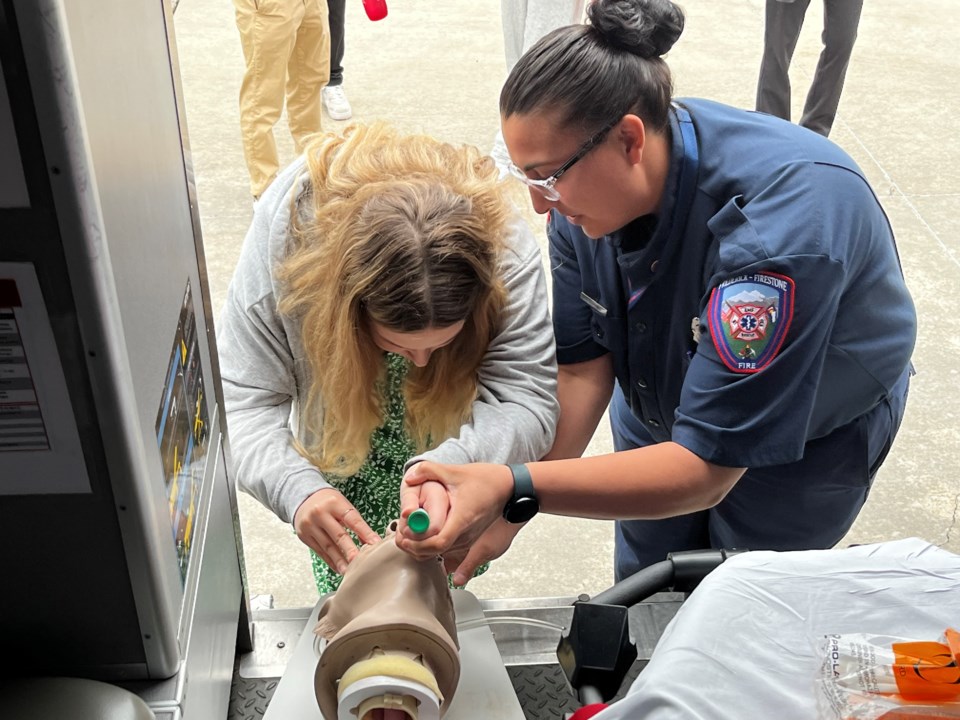UCHealth provided $1.2 billion in community benefits across the state. The Longmont and Broomfield region provided over $65 million.
“As a nonprofit, all of us at UCHealth are committed to generating positive impacts to the communities we serve inside and outside the walls of our hospitals,” state a UCHealth spokesperson. “We are here to help get you healthy and keep you healthy through all stages of your life.”
The hospital focuses its community benefits in three areas: caring for the state’s most vulnerable patients; expanding critical services like primary care, specialty care and behavioral health to meet growing patient needs; and improving community health through programs, partnerships and research.
In Longmont funds for community benefits went toward expanding behavioral health care by increasing the number of experts providing care through the hospital’s integrated behavioral health program and at the UCHealth Longs Peak Medical Center with a new psychiatry clinic for patients who suffer from severe and complex behavioral health needs.
The hospital also expanded the number of primary care providers in the Longmont, Erie and Firestone areas.
For those 50 years and older, the healthcare provider sponsored its Aspen Club program. The program provides patrons to the Longmont Senior Center an opportunity to talk to a healthcare provider. It also offers programs such as Stop the Bleed and Hands only CPR at the senior center.
Students in the St. Vrain Valley School District can partner with mentors to solve real-world problems and wellness challenges through the Innovation Center.
“Health care continues to face financial and staffing challenges, but UCHealth remains focused on our mission to improve lives in communities throughout Colorado,” said Elizabeth Concordia, UCHealth president and CEO. “We demonstrate this by providing discounted care to patients who are uninsured or under-insured, expanding services to address our state’s growing behavioral health needs, training the next generation of physicians and nurses, and partnering with community organizations to address high need areas like housing and food insecurity.”



